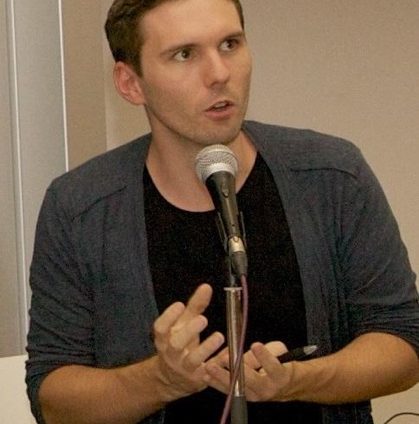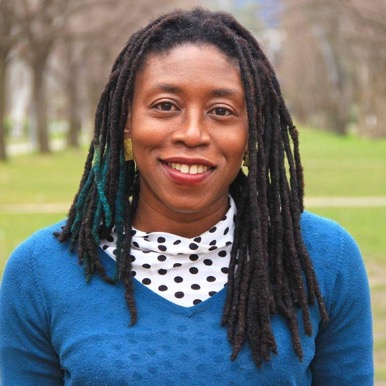Creative Governance
Staging Cultural Governance in the Creative City: Exploring Collaborative Planning in Berlin’s Alte Münze | J. Merkel & F. Landau
Detriment of artists and independent cultural producers, sparking protest and resistance but also policy changes and new forms of collaboration between artists, cultural producers and local administration. We will discuss these new collaborative efforts on the example of a recent planning project in Berlin, spearheaded by the City’s Senate of Culture and Europe: the Alte Münze, a historical building located in Berlin’s district of Mitte, of over 15,000 sqm size. The project departures from the need to rethink the support for cultural production in a city where residential and commercial rents have risen more than 90 per cent in less than ten years, and cultural producers are increasingly priced out. Moreover, it aims to resist the economic rationales of Creative City policies, emphasising artistic, cultural and societal values instead. Thus, the project reacts to increasing pressure from Berlin’s civil society and cultural field to pursue a more socially just agenda, the need for new policies in protecting public land and properties and a distinct spatial approach to cultural policy. Our research investigates emerging forms of cultural governance in Berlin. More precisely, we investigate the rationale, nature and extent of collaboration in the recently initiated planning process to develop the area for cultural and artistic usages: Who is engaged in the process and why? What resources are offered to realise the development and construction of a new cultural quarter for Berlin’s independent artists? Which conflicts unfold amongst administrative and artist stakeholders throughout the process? Drawing on qualitative interviews with planners, administrators, as well as artists and cultural organisers engaged in the planning process, we unpack the different narratives about the purpose and meaning of collaboration in the ongoing participatory planning workshops.
Rethinking culture-led urban regeneration: A temporal exploration of Brunnenviertel case, Vienna | T. Hotakainen
Culture has gained a key role in urban regeneration research and practice in recent decades. This rise of culture-led regeneration originates in the societal shift from industrialization to the current knowledge economy. Jobs have relocated from manufacturing to creative and cultural industries, changing everyday life patterns over the globe. These new time-patterns again influence culture-led regeneration through several mechanisms. Urban regeneration and gentrification cause temporal intensification that becomes significant in metropolitan settings. As an alternative to the 24-hour city scheme, I propose a temporal analysis, in order to seek inclusivity in time uses. This paper illustrates the culture-led urban regeneration process of Brunnenviertel area in the Austrian capital. Vienna describes itself as a global cultural metropolis, and Brunnenviertel as one of its most gentrified districts. Culture has been a notable asset in the regeneration process of Brunnenviertel, where the laudable cooperation between stakeholders and local government has offered inclusivity. This paper uses urban time studies research (Chargboo & Mareggi 2018) and ‘timescapes approach’ (Degen 2018) as theoretical framework. The empirical data for this study consists of 15 semi-structured local expert interviews, empirical observation material and municipal urban planning documents. The paper illustrates how a temporal analysis enables meaningful rethinking of culture-led urban regeneration processes.
Moving from “creative cities” to “music cities”: On justifications for urban cultural governance | T. Bennett & K. Spence
In recent years a new global discourse in urban cultural governance has emerged, the Music City. Beyond vernacular use, the collocation is decades old: in municipal socialist experiments in UK cultural industries; numerous city branding initiatives; or Creative City/Capital of Culture designations. Acknowledging this history, this paper traces a new incarnation of the term, rousing political and public sentiment over such mundane issues as licensing regulations or business rates, propelled by venue closures and the pursuit of a “24-hour city”. 2015 suggests a turning point in the production and circulation of knowledge for urban music governance. Business and policy advice moves through evolving networks of expert intermediaries (convened by industry interest groups, consultancies, music boards, tsars, taskforces) sedimented in scholarly, journalistic and grey literature. Reading this, we offer a conceptual genealogy and typology of justifications for action. Assessing the emergence of Music City discourse against creative cities’ past failings, the promise of this urban cultural strategy might be found in efforts to;
Attend to the infrastructural ecosystem necessary to sustain cultural production (rather than regeneration initiatives based on consumption, leisure and display);
Retain and support cities’ extant creative communities (rather than rely on FDI appeals to global elites or fluctuating visitor economies);
Do justice to the aesthetic, social and moral capacities and imperatives driving much cultural participation (instead of modelling success on the growth of a superficial version of creativity as technical and market innovation).
Nonetheless, like creative cities, Music Cities contain cultural and economic tensions. Against paradigmatic cases (London, Melbourne, Austin etc), initiatives in places like Kingston, Seoul and Southampton highlight a need for lessons drawn from creative cities past to be embedded within Music City futures.




